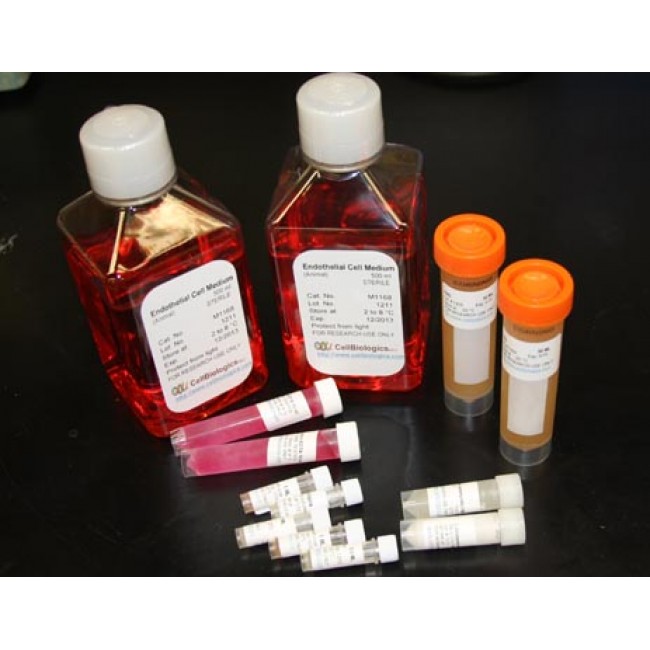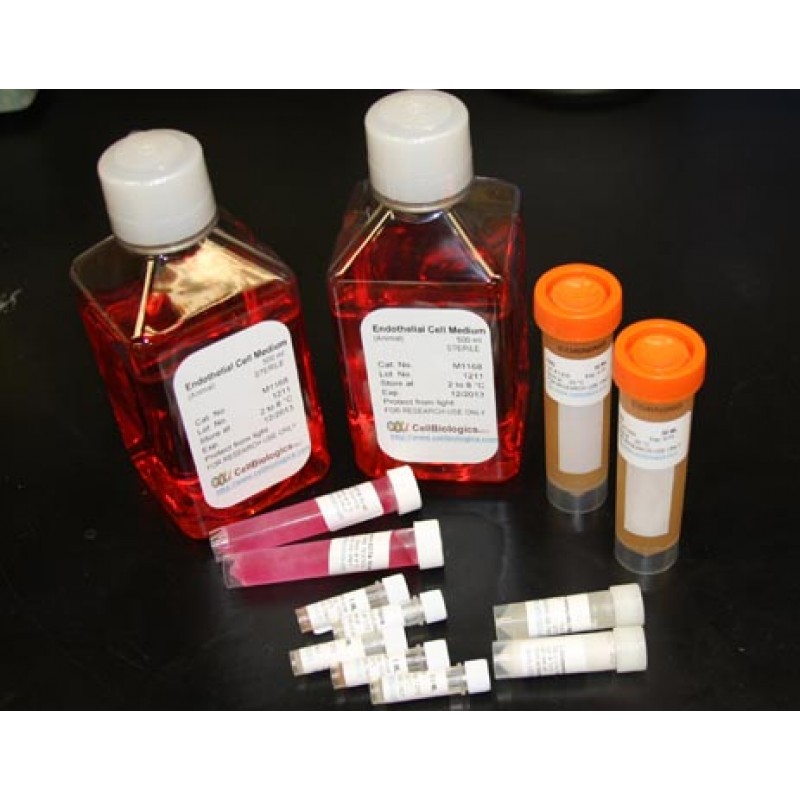IL-15 has been shown to be produced by human fetal astrocytes and microglial cells in response to IL-1-beta, IFN-gamma, or TNF-alpha and may thus play a role in T cell mediated immune responses in the human central nervous system. IL-15 stimulates proliferation of the established T cell line CTLL-2, CD8(+) memory T cells require IL-15 for proliferation. IL-15 is also able to induce generation of cytolytic cells and LAK cells activity in vitro. IL-15 appears to function as a specific maturation factor for natural killer cells and can mimic the bone marrow microenvironment in vitro, which is required for natural killer cells to acquire lytic functions. IL-15 induces proliferation of mast cells in the absence of functional IL-2 receptor components and utilizes a receptor of 60-65 kDa that is distinct from known components of T cell IL-15 receptors. The IL-15 receptor on mast cells recruits JAK2 and STAT5, instead of JAK1, JAK3 and STAT3 and STAT5 that are activated in T cells. The alpha subunit of the IL-15 receptor (IL-15RA) is structurally related to the alpha subunit of the IL-2 receptor and confers high affinity binding of IL-15 to its receptor. IL-15 binds to the beta and gamma chains of the IL-2 receptor, which are known to be required for ligand internalization and signal transduction.


